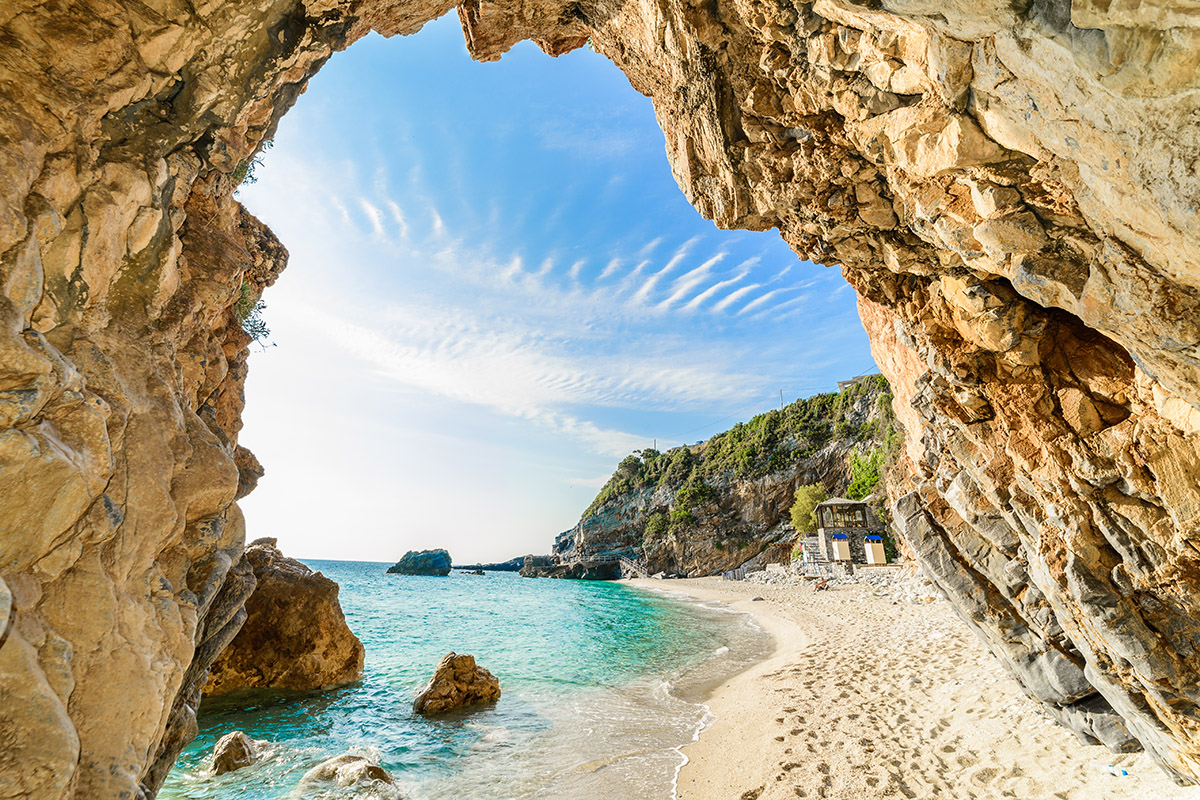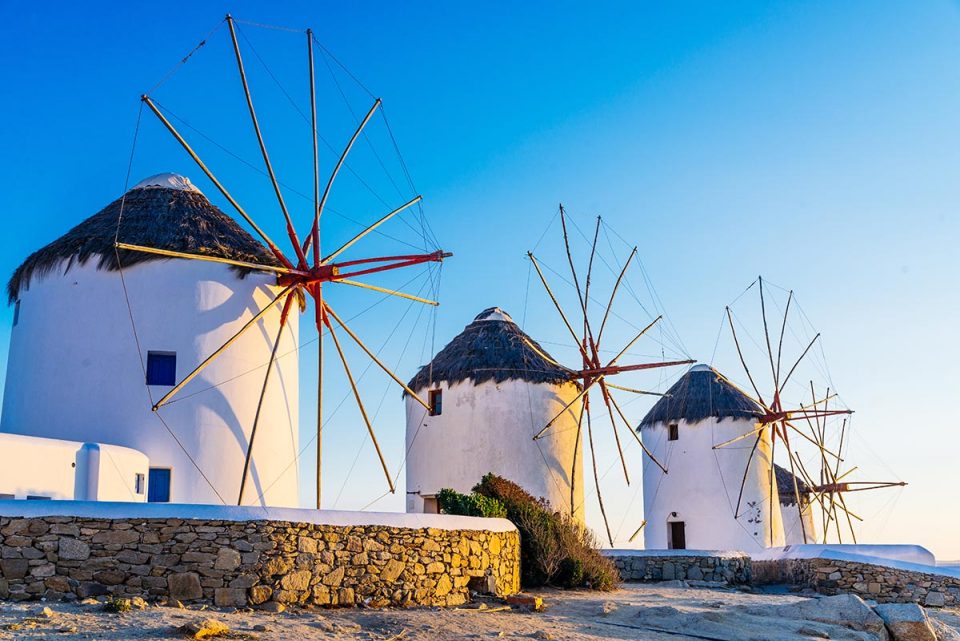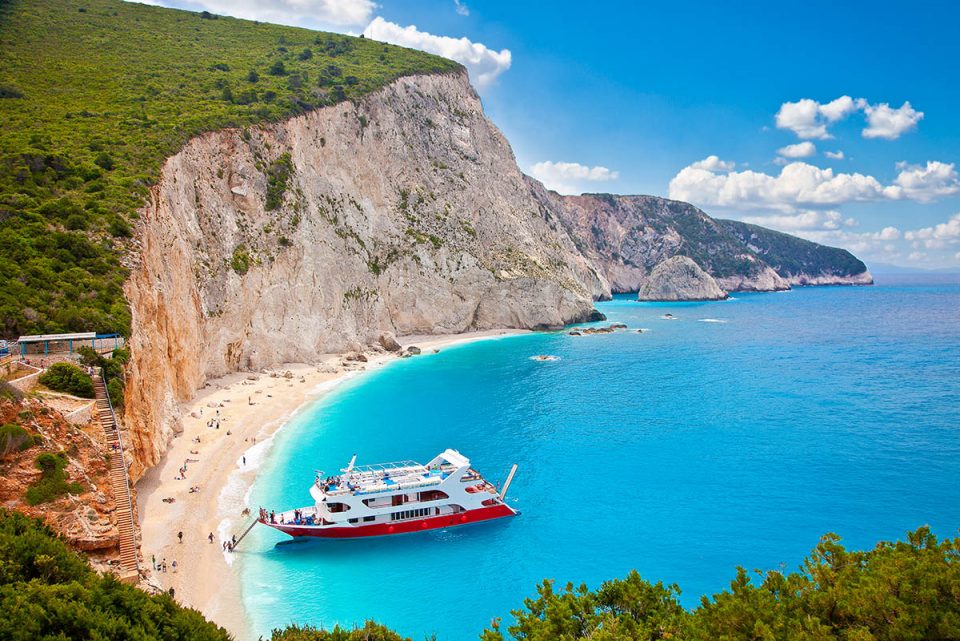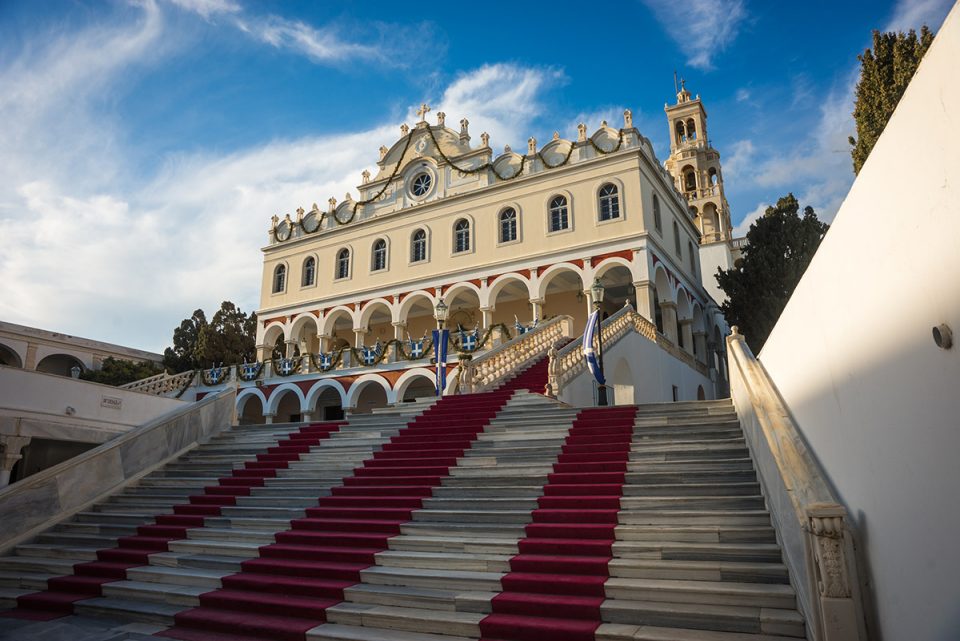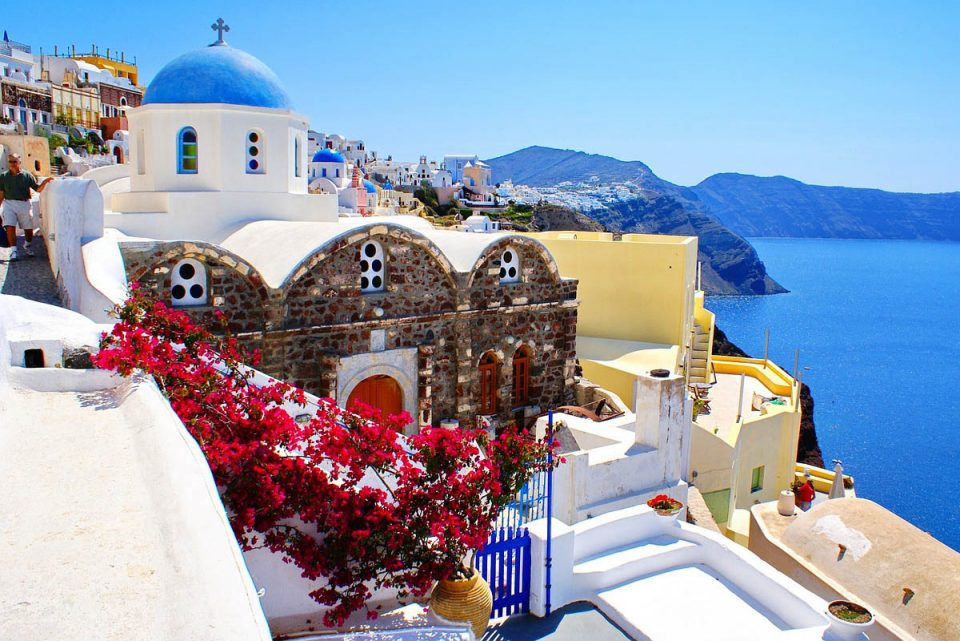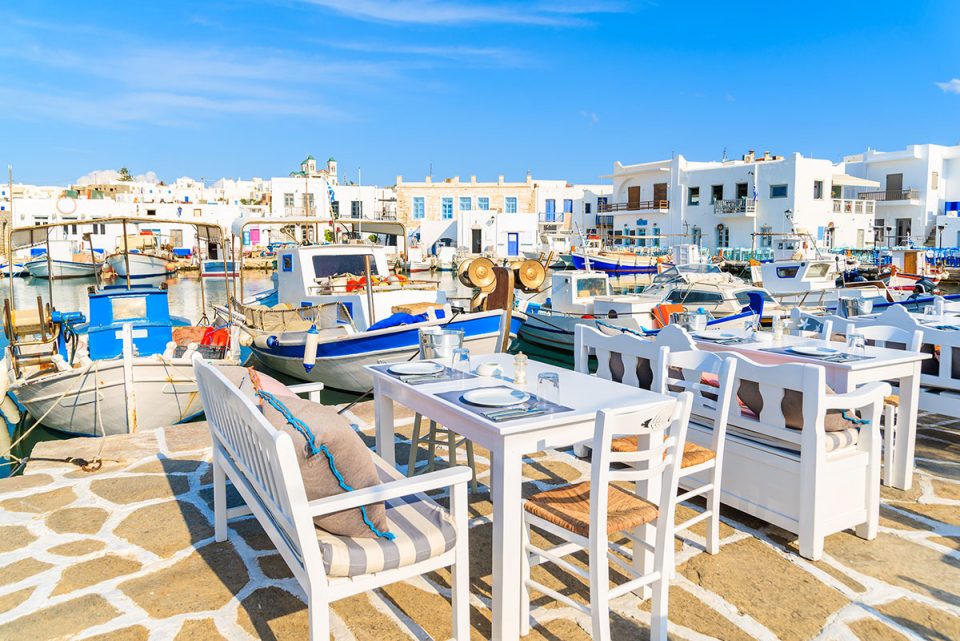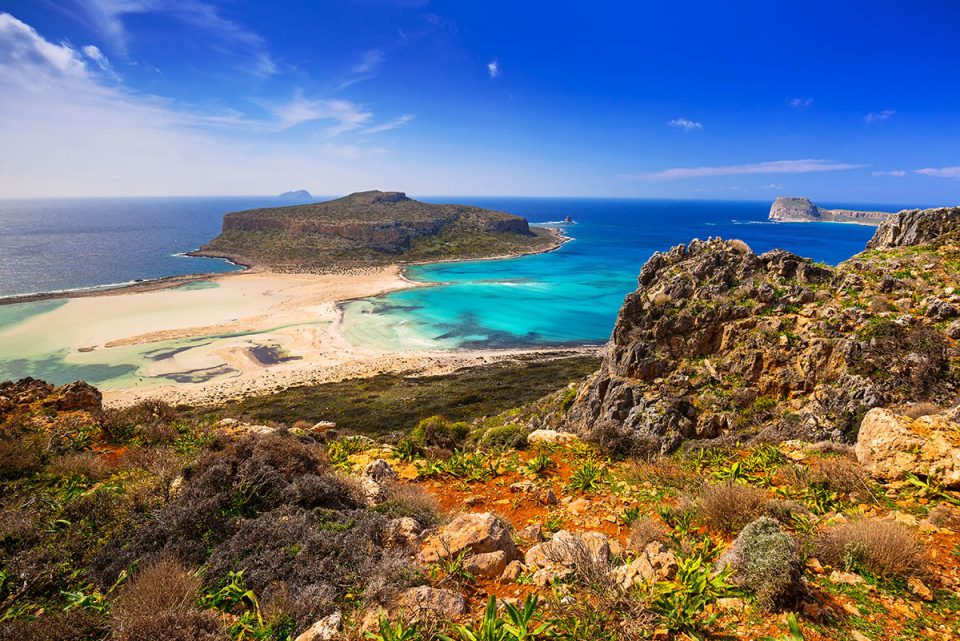Land of the Centaurs
Their legend remains alive and their cloppings still haunt the trails of Mount Pelion.
As mentioned before, in Greek mythology Mount Pelion was the summer residence of the Olympian gods and the land of the Centaurs. The Centaurs were creatures which, in the imagination of the ancient Greeks, had the body of a horse and from the neck up, the chest, hands and head of a human. It was generally believed that they lived in a semi-wild state and were not particularly friendly to people, as there are numerous recorded occasions of drunkenness and lechery in which they participated, gaining notoriety among their neighbours, and other Greeks.
However, some of them, like Centaur Chiron, stood out for their wisdom, while other, like Pholus, became famous for their dedication to the people. Anyway, they seem to have held a special place among ancient Greek demigods and heroes, even assuming the role of their educator, as in the case of Chiron.
Centaur Chiron was the wisest among Centaurs and knew the art of herbal healing, as well as hunting and music. He was of divine origin, since, according to a mythological version, he was the illegitimate son of Saturn and Philyra (Linden), the daughter of Oceanus.
He acquired a great reputation as a physician, scientist and oracle; he used linden blossoms to heal patients, and he cut the inner bark into small strips, which he used to foretell the future. He helped and defended Peleus and he nursed and instructed a number of divine heroes, such as Achilles, Jason, Asclepius, Heracles and Aeneas.
Images of Pelion
Pictures of Pelion The gorgeous, green Mount Pelion, with an altitude of 1,624 meters, combines mountain beauty with blue beaches. On the one hand it is covered with forests of towering beeches, oaks, sycamores, chestnut trees and pines, and on the other, its beaches compare to the beauty of the best beaches of the Greek islands. It is full of picturesque villages, of a very special, traditional architectural identity that captivate the visitor, offering cozy, wonderful accommodation and delicious local dishes.

On the mountain, following the tracks of the Centauri, there is an entire network of organized trails that offer the opportunity for fantastic hiking, leading from one village to another through a psychotherapeutic experience of movement.
At the top there is the ski resort of Agriolefkes, which is a very popular destination during the winter months. Pelion is ideal for visiting throughout the year, combining different activities in different seasons.
During the summer months, it is worth visiting the coastline of the mountain, which includes part of Pagasiticos Gulf and the Aegean Sea, where beautiful beaches and coastal settlements are locatd with considerable infrastructure, that every year welcome a very large number of visitors.
The wide range covers every taste and preference, as it includes both quiet and cosmopolitan destinations, organized or non-organized beaches, beached with sand or pebbles, protected from the air, usually hotter on the side of the Pagasiticos Gulf, and cooler and wavier on the Aegean side.
Pelion Architechture
Architecture in Pelion has a very distinct identity and is found in almost all of the buildings of Pelion, in several variations of certain basic morphological patterns. It has remained the same for several centuries and is protected by the Greek State, with a special presidential decree, as with other areas of Greece, so as to maintain its particular character unchanged.
Simple houses, old mansions, churches, fountains and paved trails impress with the majestic beauty and offer a sample of architecture that blends with the natural environment. Particular reference should be made to the old mansions which exist in every village of the mountain and are built with stone, with slates mined in Mount Pelion, and are combination with wood and plaster.
They have three floors, with the first two being made with stone with very small openings, while the third floor that usually protrudes at some border points of the building, is covered on the facades with plaster and has many consecutive openings, allowing plenty of light to the inside. A lot of those mansions are of the Northern Greece Style, which developed during the Turkish occupation period, when refugees from Epirus who knew well how to use stone as a building material, moved to Pelion. A smaller percentage of mansions belongs to the neo-classical type which came from expatriates of Egypt. The particular style of these buildings is also reflected on the inside, where the ragged wood, stone, open rooftop and many fireplaces give an insight of the unique glamour of previous times, while enjoying modern and very up-to-date accommodation.




